Foreman’s power with Hagler’s chin. Jagger’s strut and Jimi’s virtuosity. A tender fillet steak that tastes like rump. Maybe that’s what we’re in the company of with the new Porsche 911 Carrera GTS. Just maybe.
By parachuting a new performance derivative into the gap between its greatest existing sports cars, Porsche seems to have attempted to split the difference between the 911 GT3 (third at last year’s Britain’s Best Driver’s Car) and the Cayman GTS (fourth at BBDC 2014).
To have created, perhaps, a car with most of the awesome power and purposefulness of the 911 GT3, as well as the playfulness and accessibility of the Cayman GTS. If such a thing is even possible. The very idea seems a naïve, wishful simplification.
Naïve or not, it’s reason enough to get the three together and investigate the credentials of this relative unknown. The 911 GTS has landed.
And to give it every chance, we’ve headed to some of the greatest driving roads in the UK, across the Brecon Beacons – but only to those roads. No track space has been granted for the 468bhp GT3 to warm its Cup tyres, stretch its legs and blow its less powerful brethren into the weeds.
There’s just a narrow ribbon of mountain pass in a typical Welsh mid-winter, and one overriding question hanging in the air like the mist over the valley below: how much room can these two incredible driver’s cars possibly leave for a third?
‘Not much’ was my initial instinct. But then you glance at the technical specs and spare a thought for the context into which the new GTS is coming. And, for a while, you wonder.
Remember the stink kicked up in certain corners of the specialist automotive media about the lack of a manual transmission option with the GT3? Well, the GTS gets one – and not just any one, but the seven-speed manual of the current 991 generation of the 911, respecified and retuned for better shift feel.
Next, get this: according to Porsche, the GTS is lighter than the GT3. Only by 5kg, but that’s before you’ve had the ‘club sport’ half-cage bolted into the back of the GT3, whose lightweight panels, forged wheels and pared-down cabin are evidently offset by the weight of that PDK gearbox and more complicated chassis tech.
That’s to say nothing of the 911 GTS’s real selling point relative to its bigger brother: usability. Generations ago, Porsche offered its GT3 track day hero in a more pragmatic ‘comfort’ specification. Not so any more.

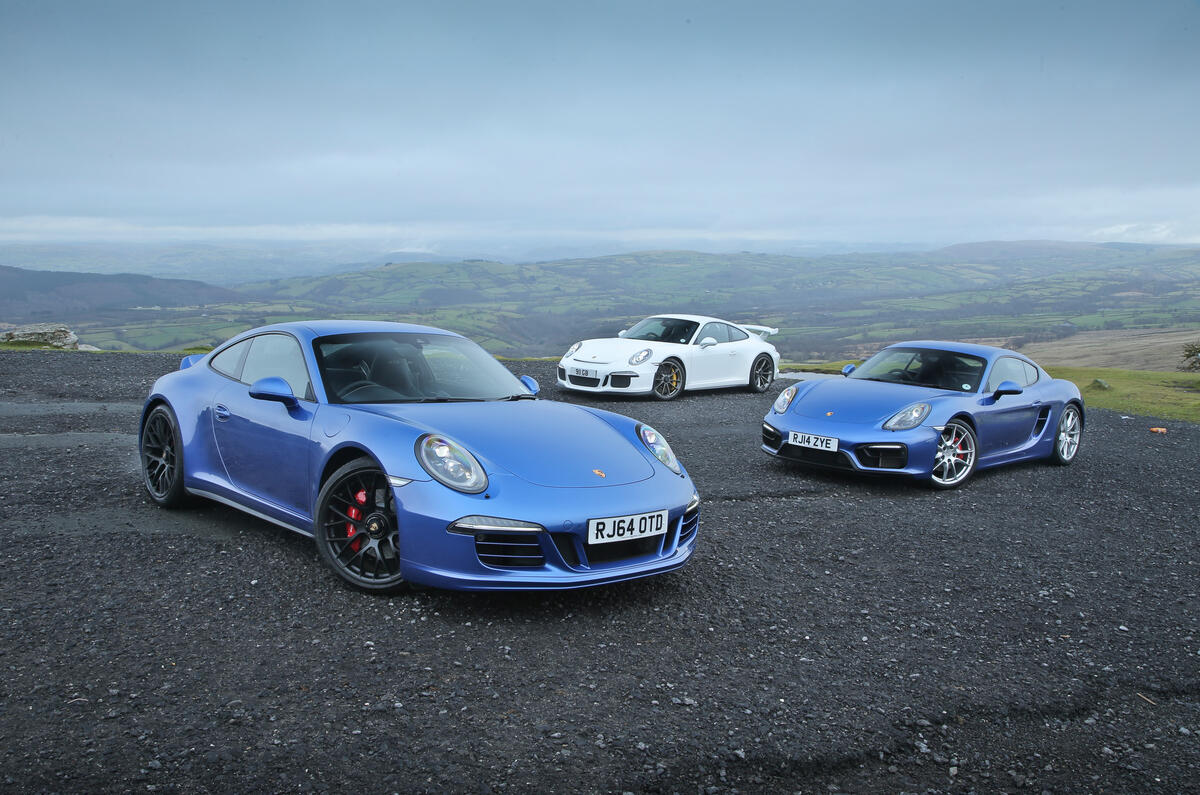


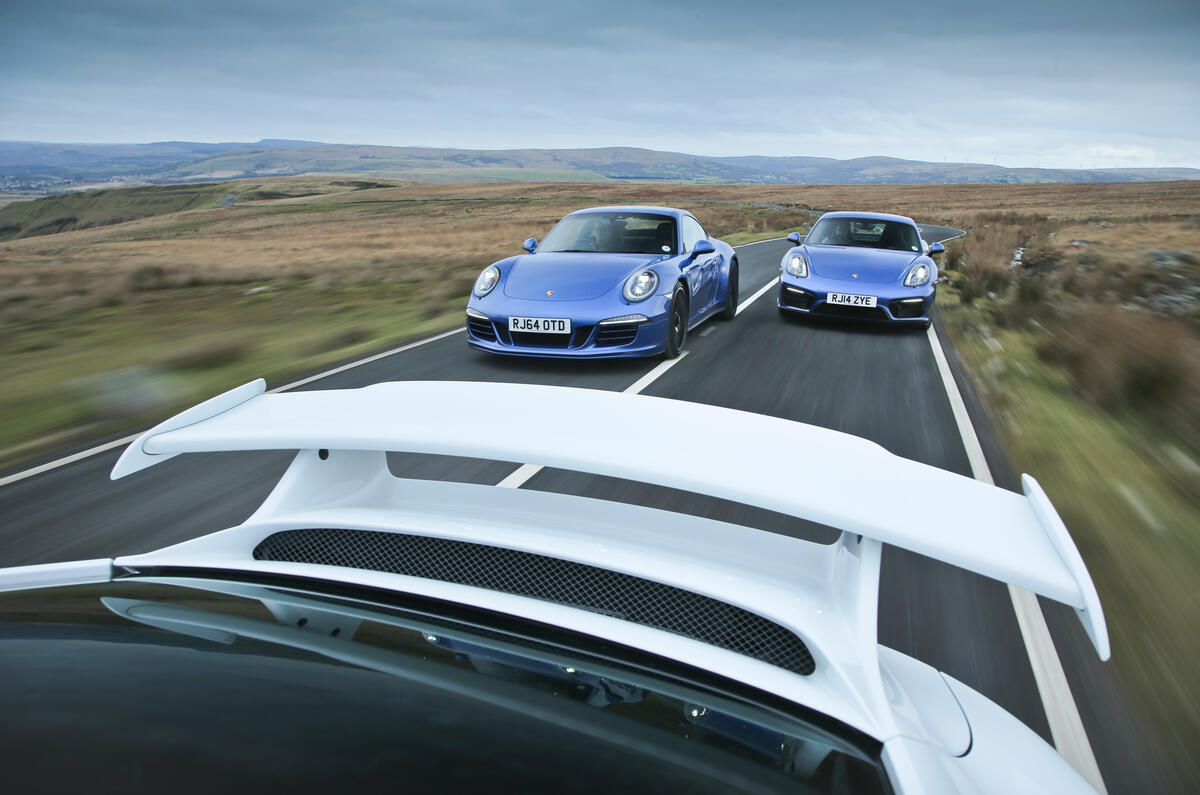
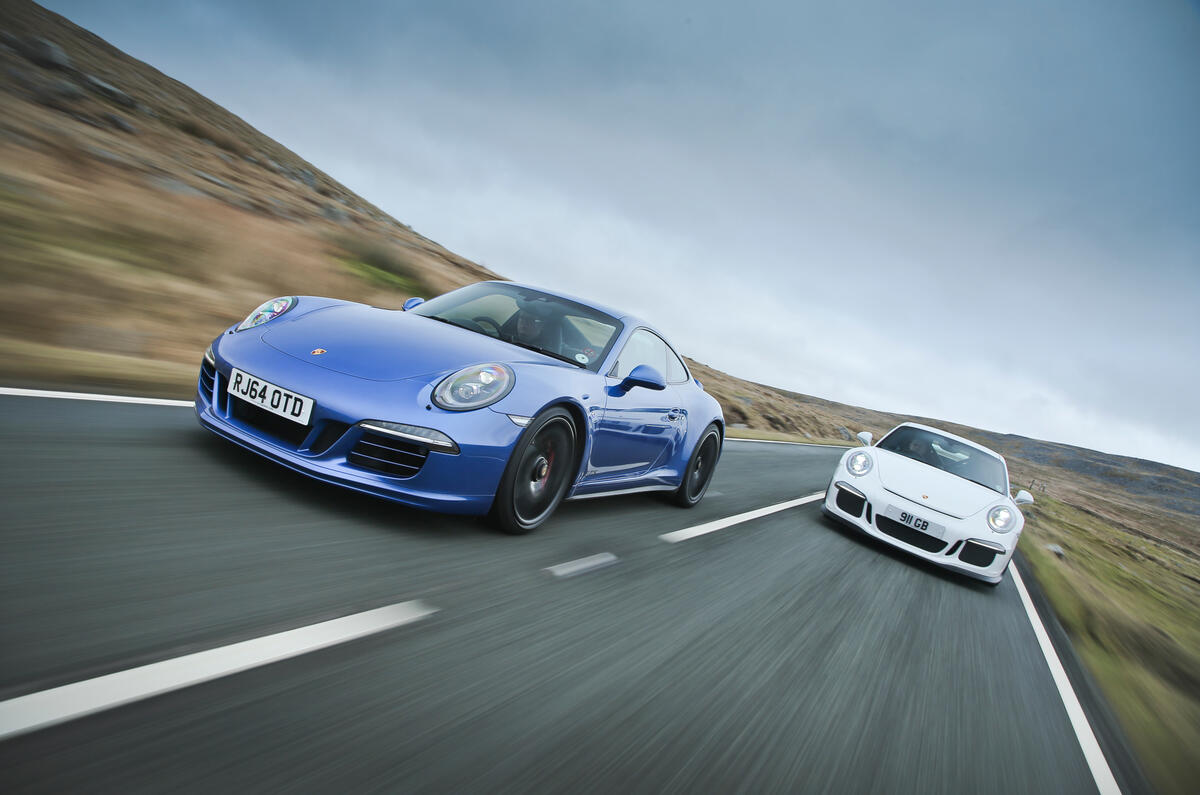


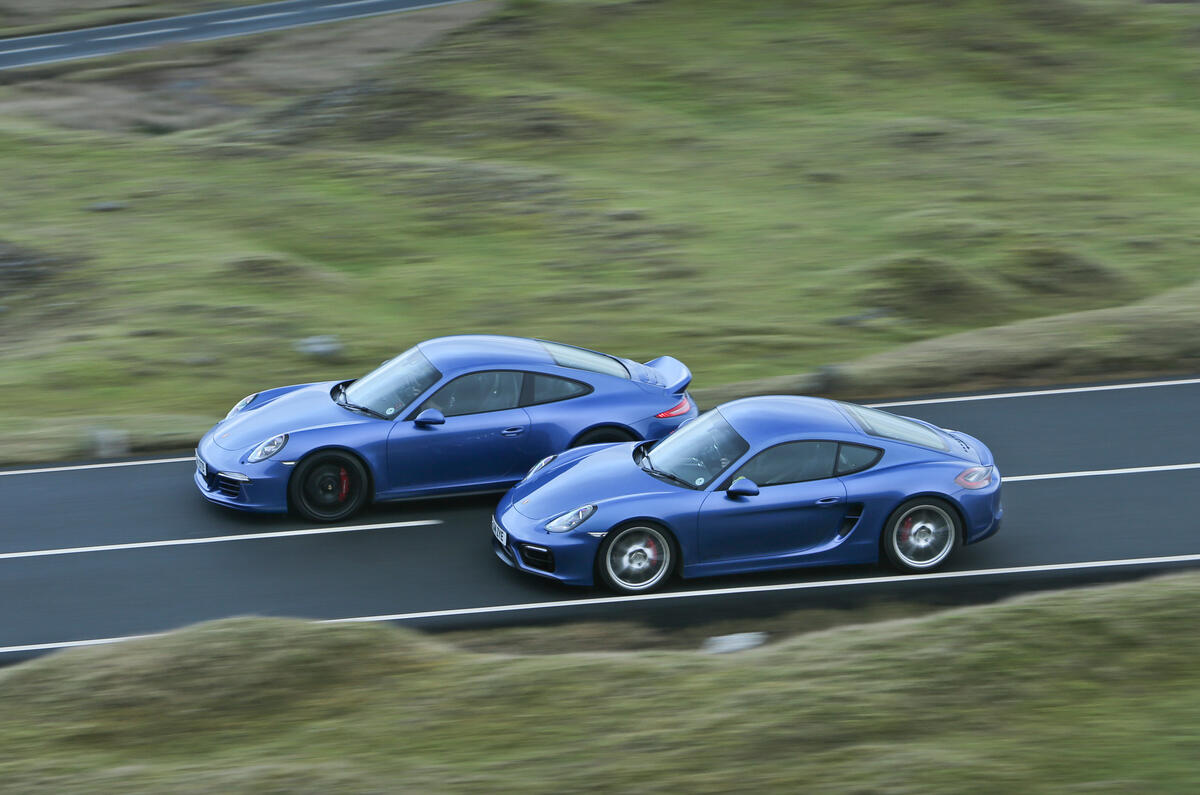
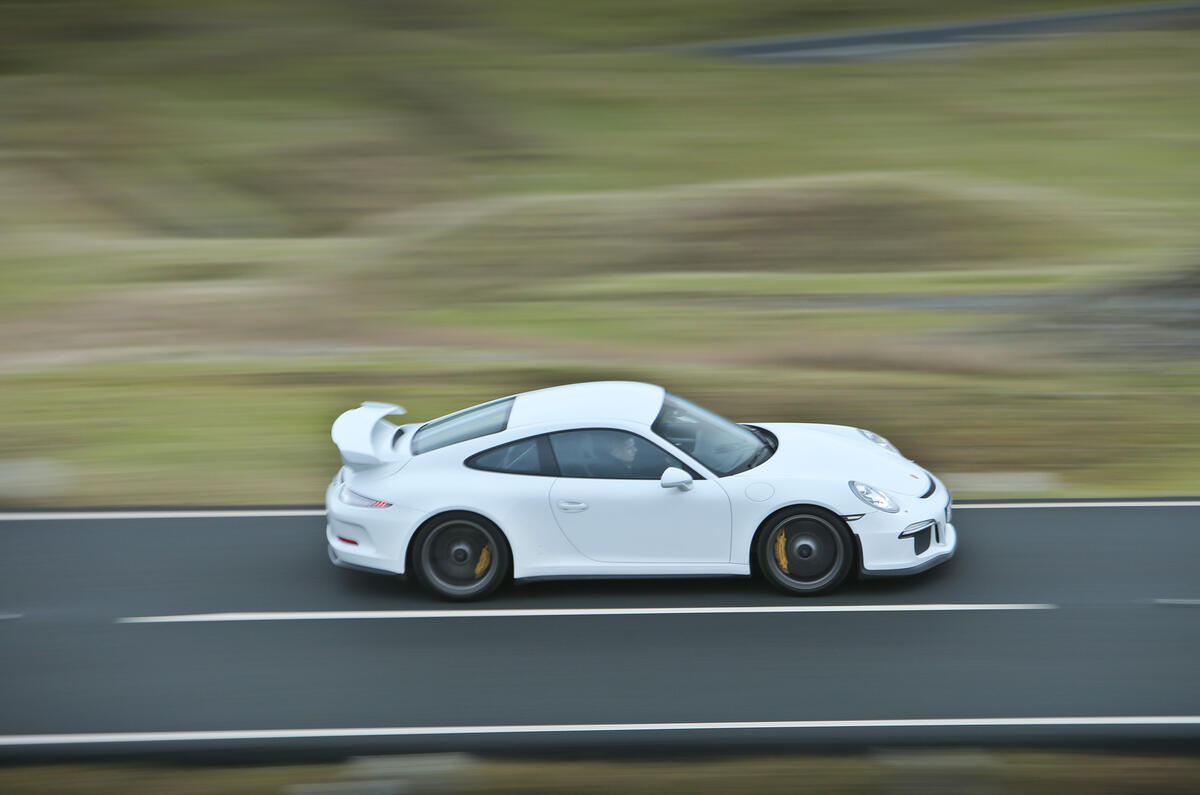

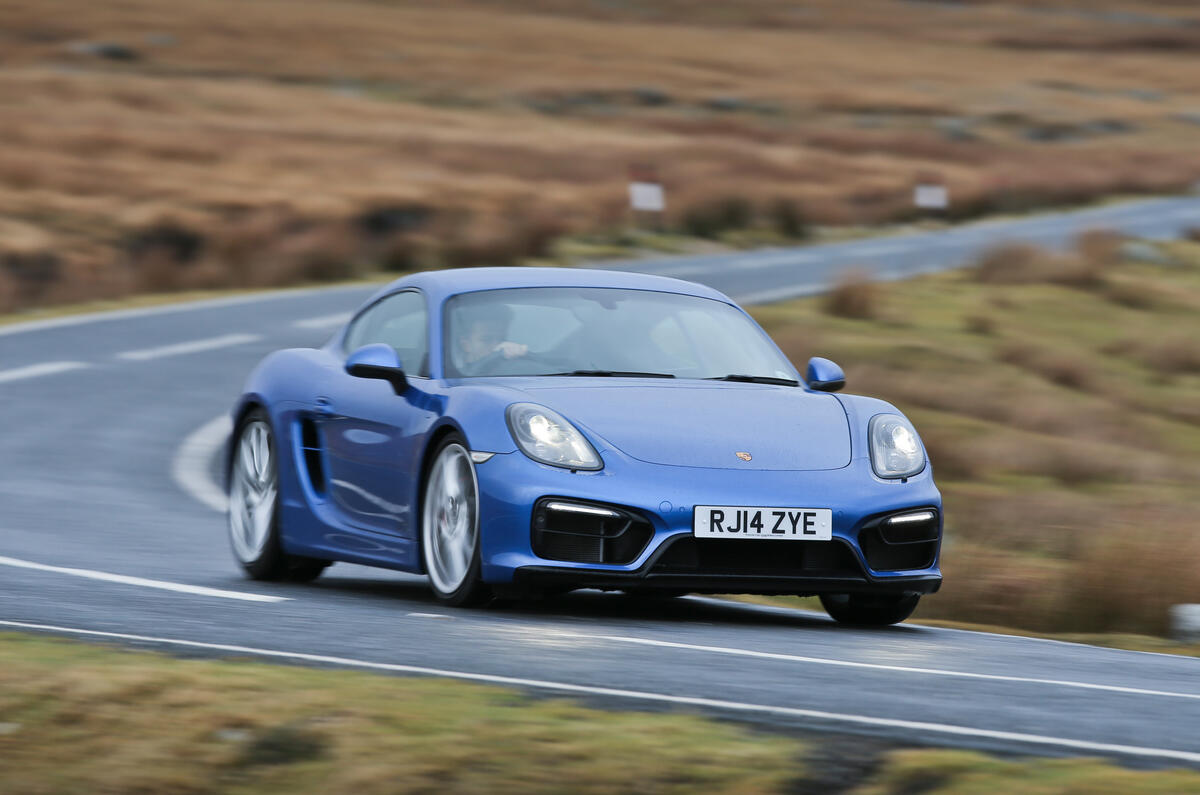
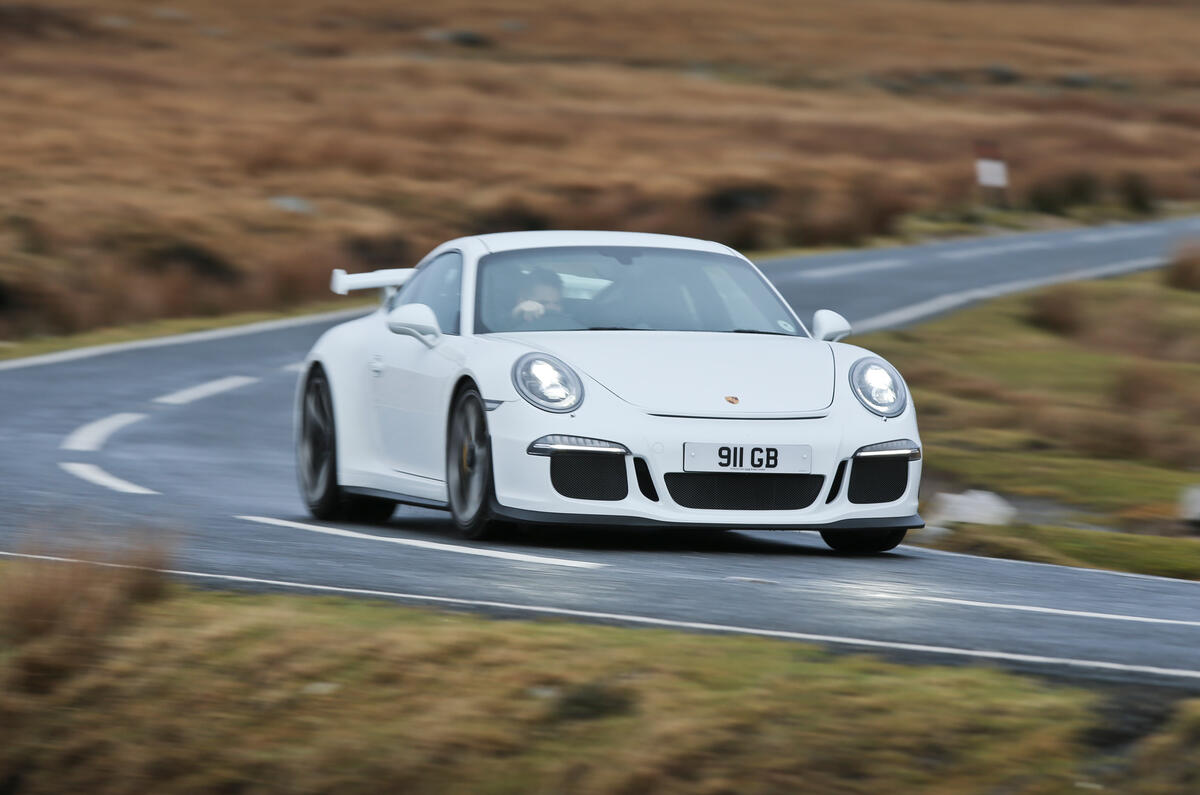

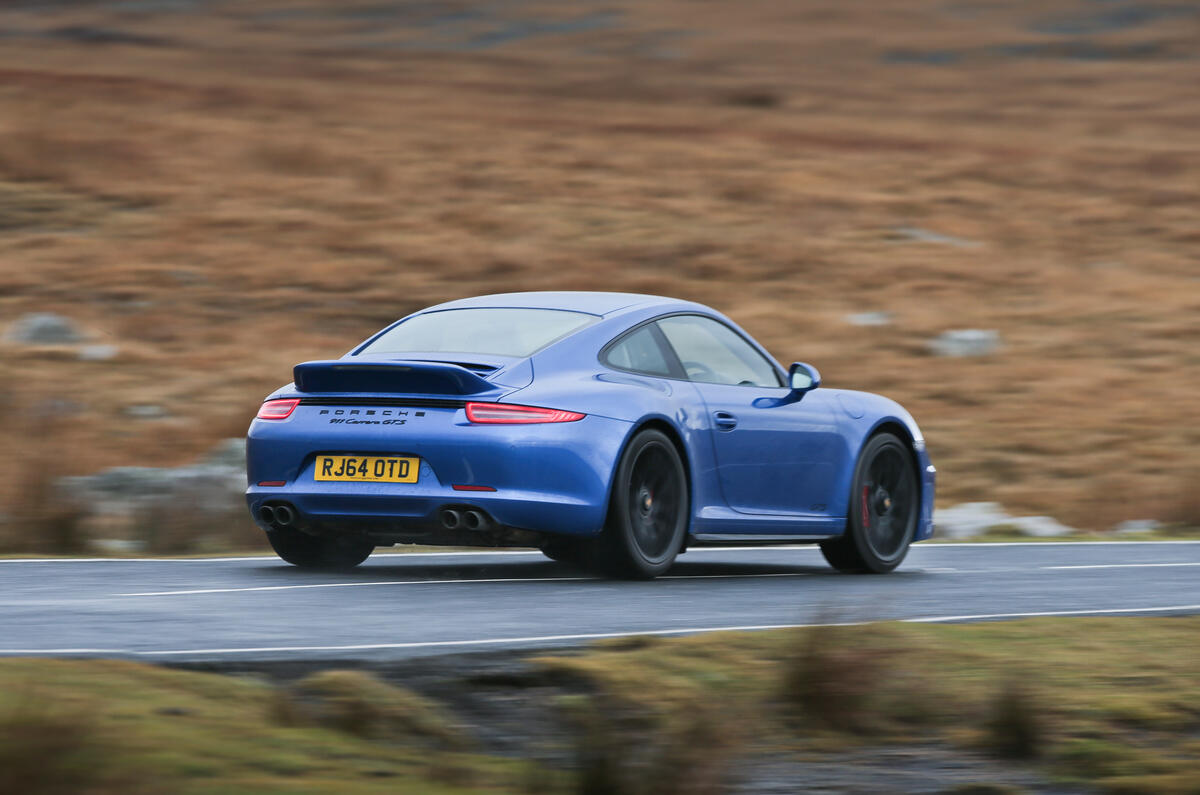




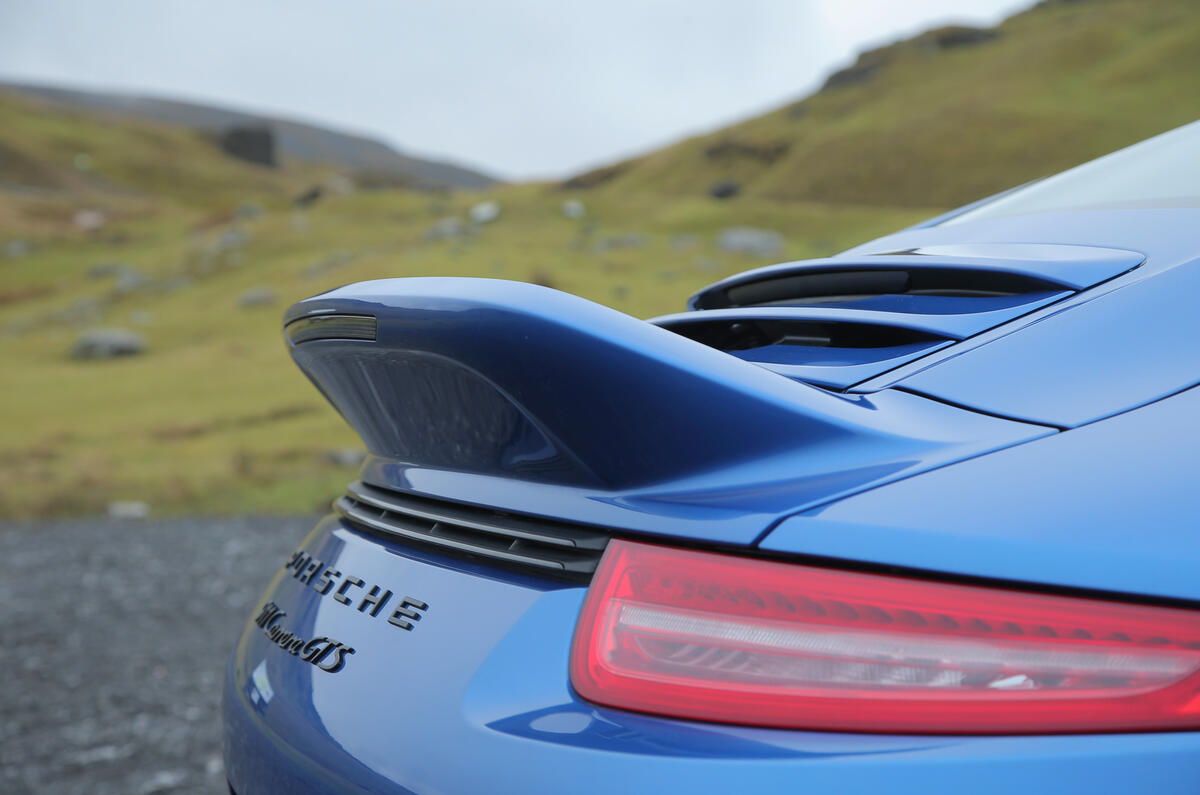
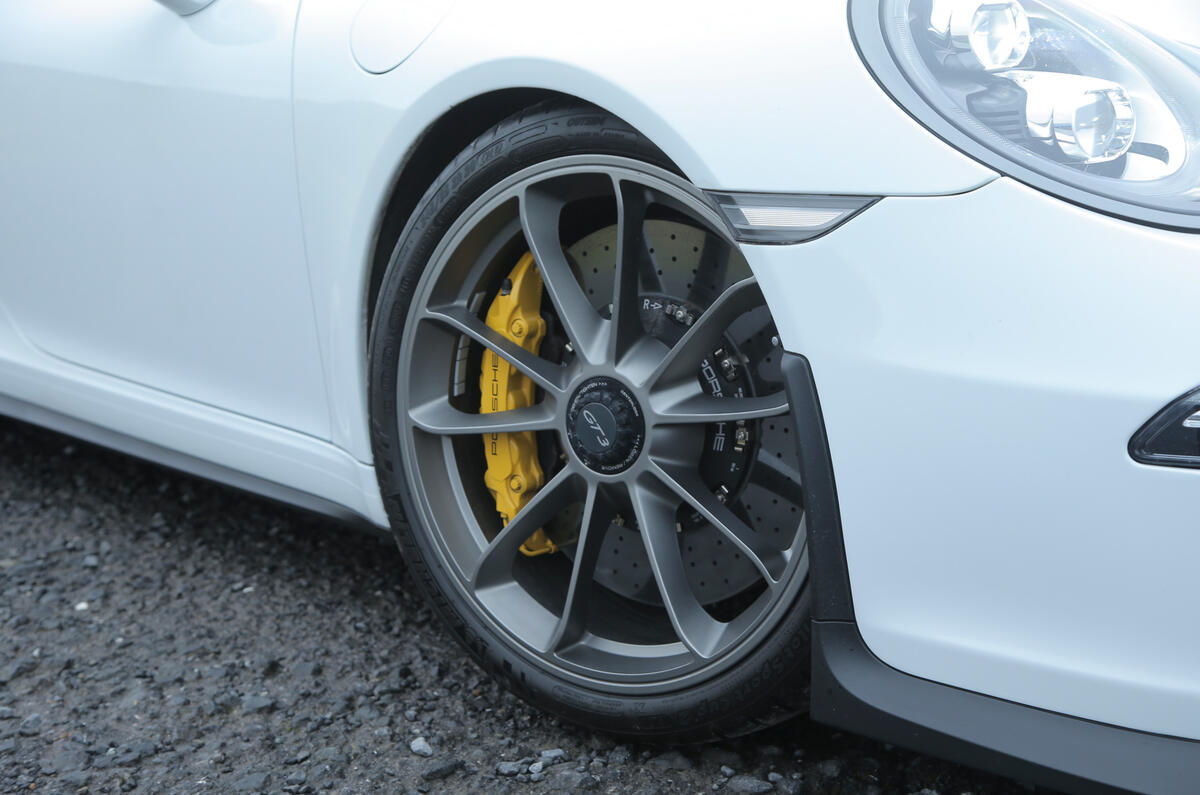
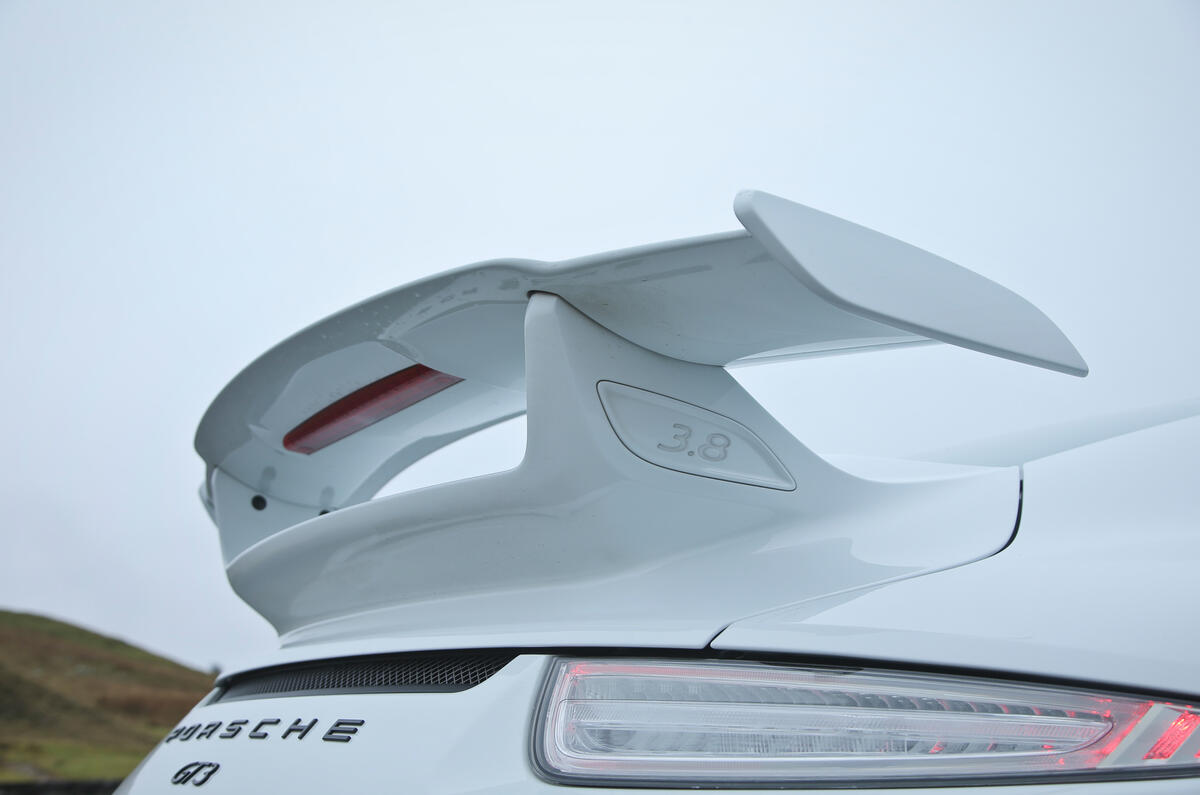

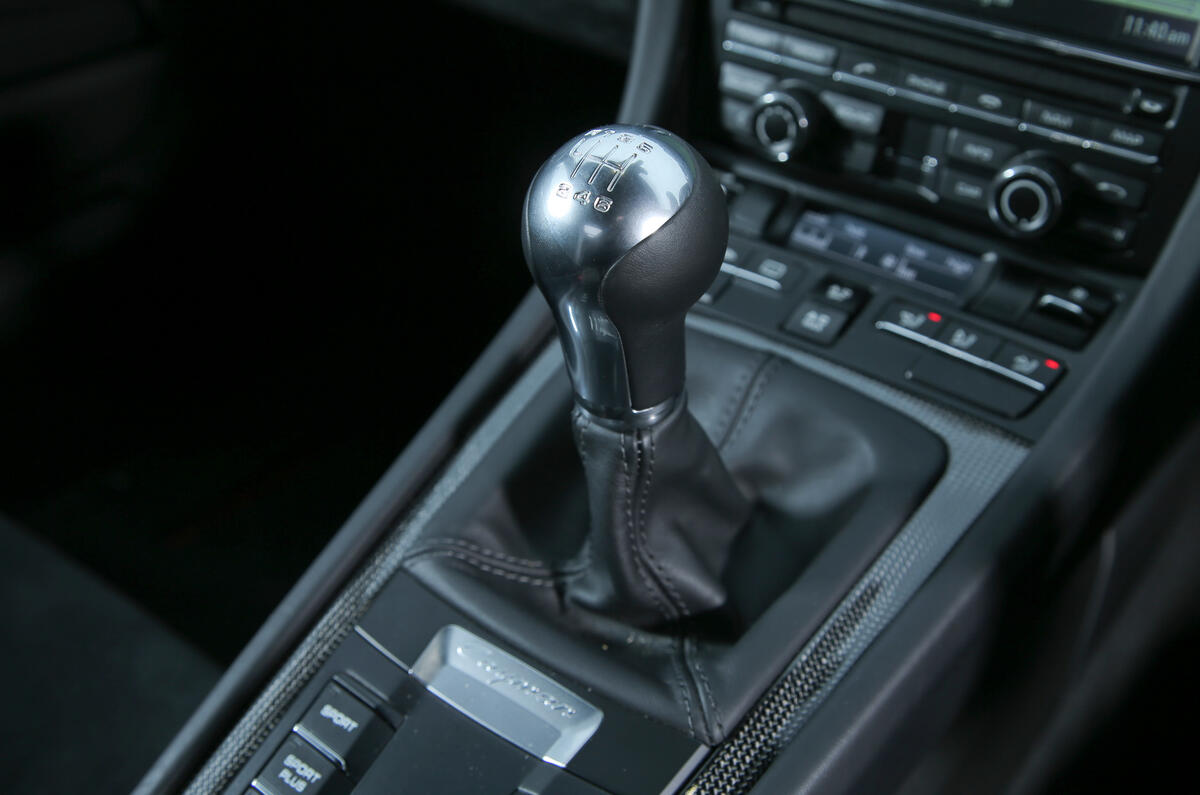
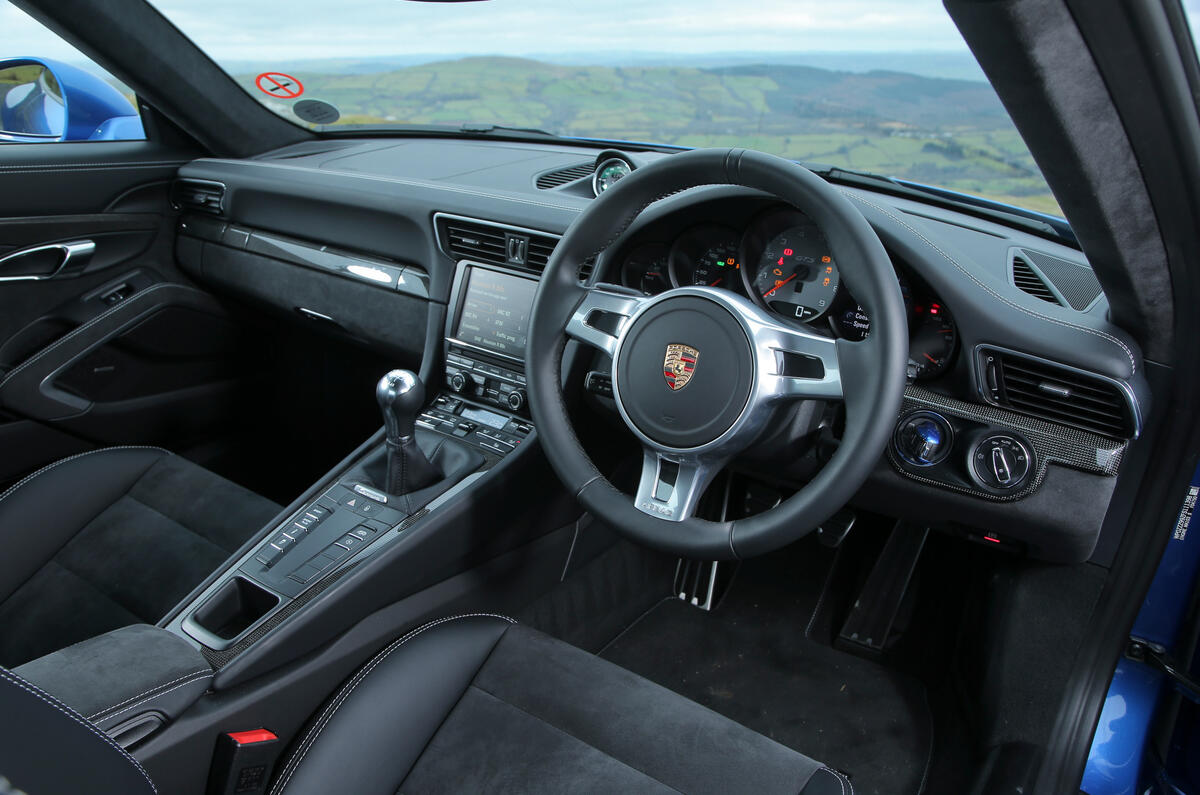
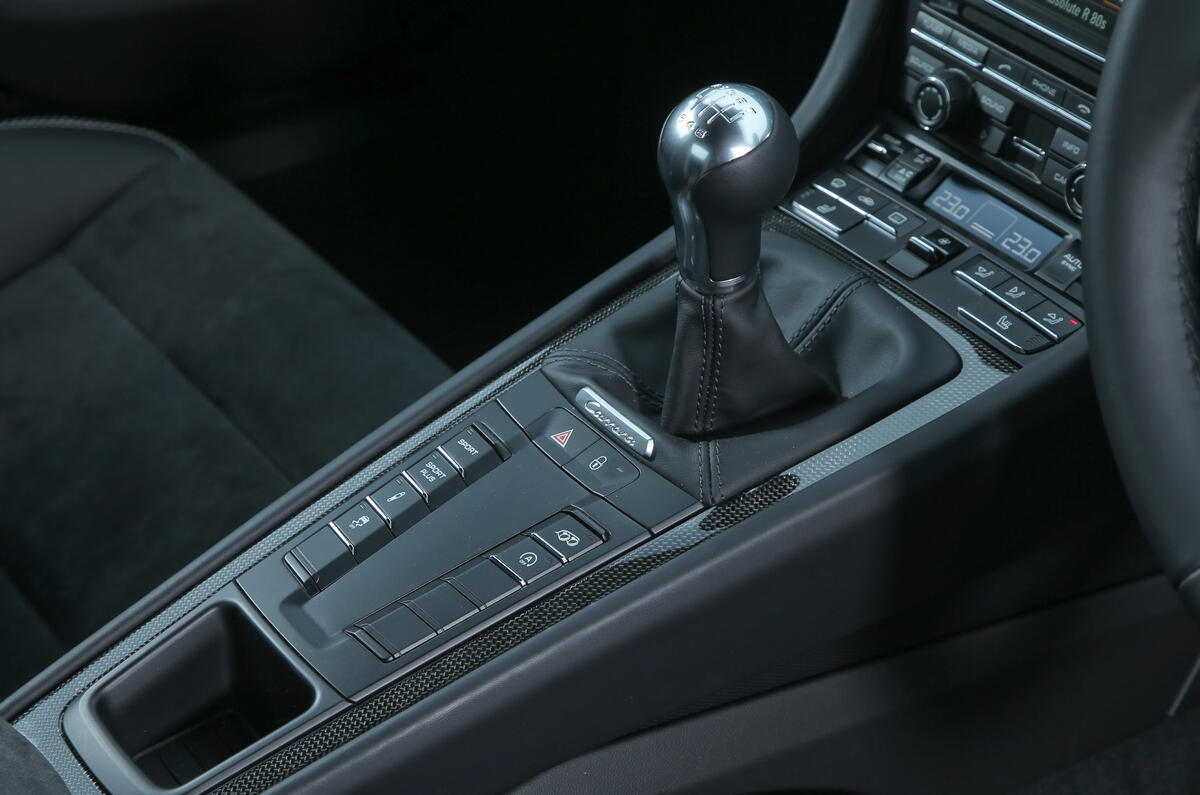
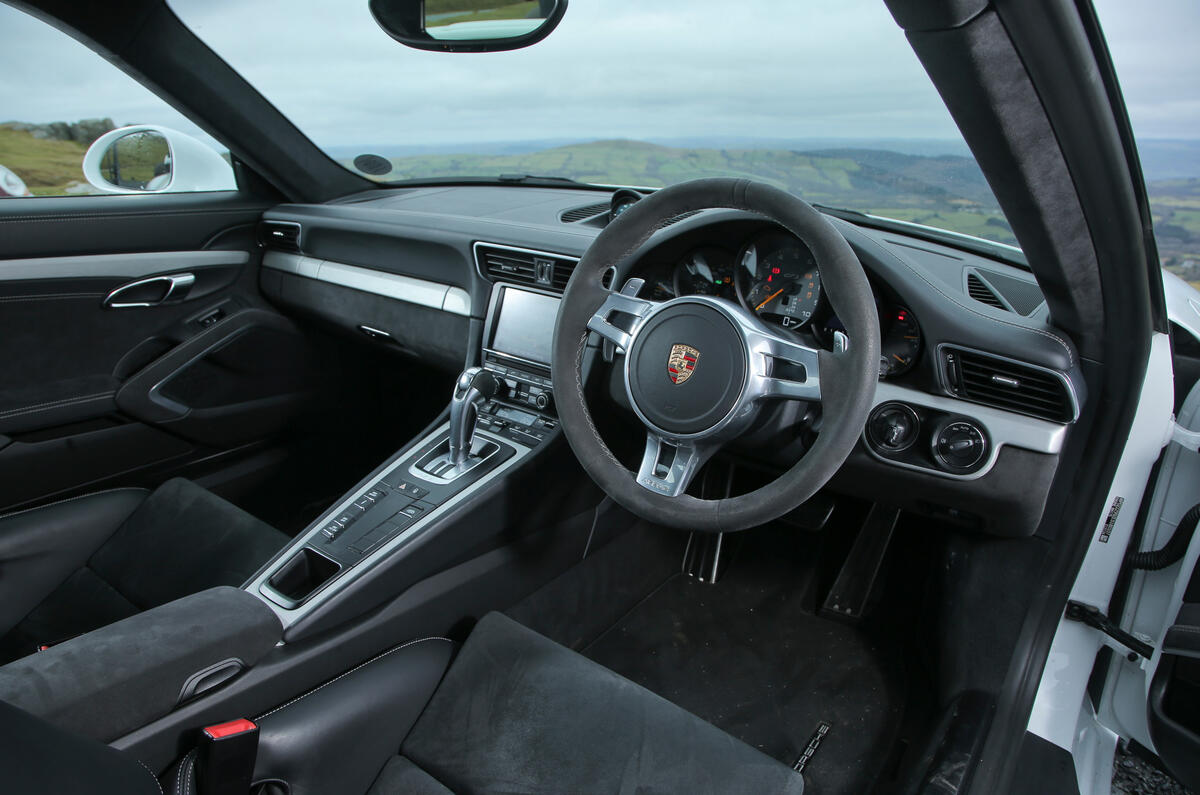

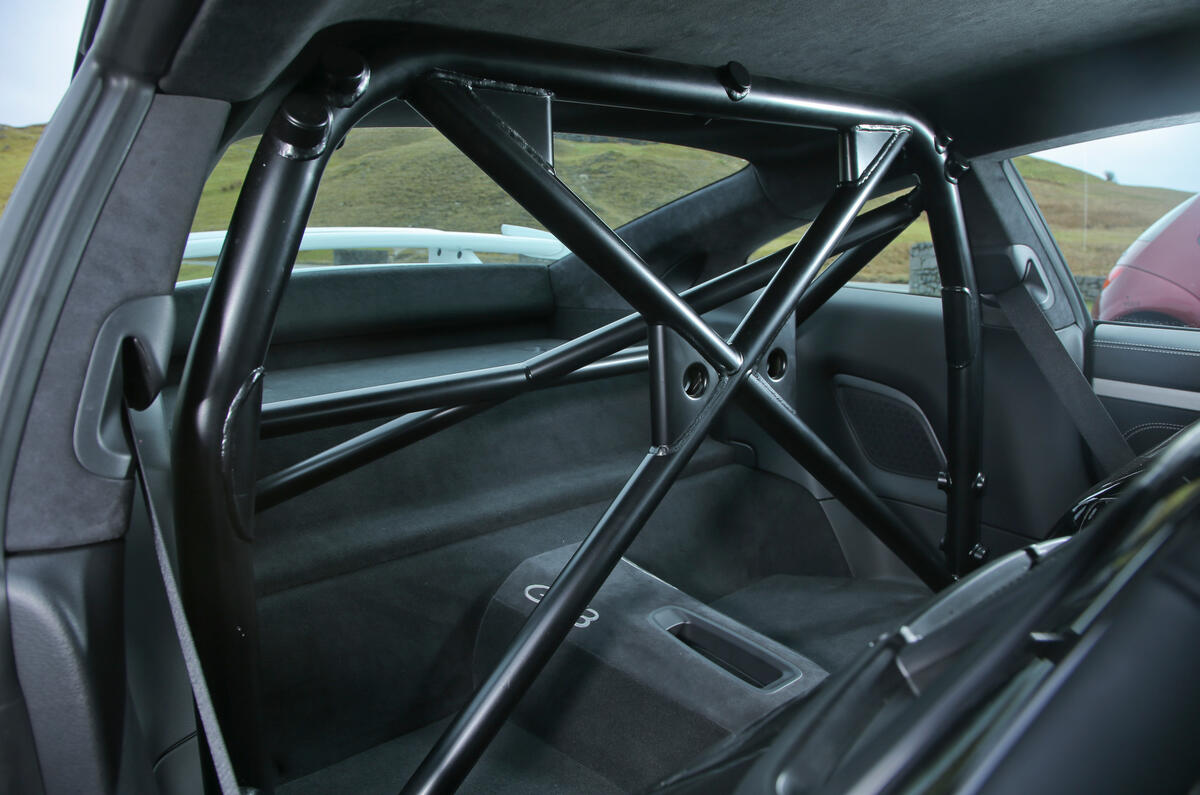








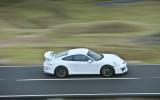











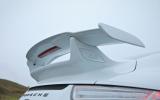






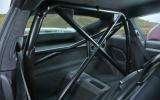







Join the debate
Add your comment
Speed Limitations
displacement
Did someone drop a contact lens while assembling the motor?
Totally agree! The GT4 will
Look forward to your test of the GT4 !!